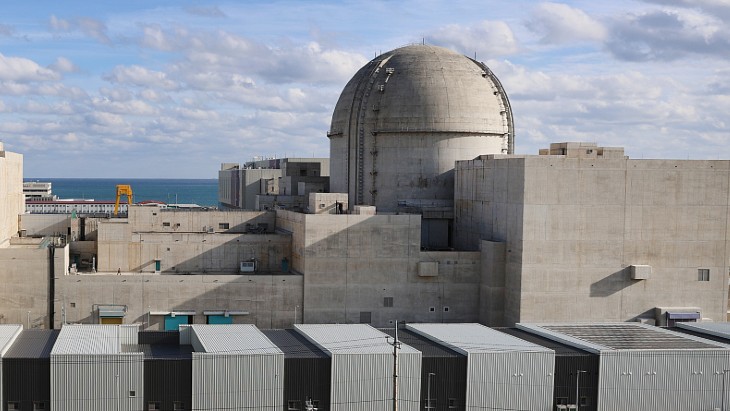The agreement includes joint technology development, shared utilisation of equipment and secondment of staff and will focus on materials development and testing, power generation, fuel cycle, diagnostics and remote handling.
Both the UKAEA, which carries out fusion energy research on behalf of the UK government, and Tokamak Energy have spherical tokamak devices. Tokamak Energy’s ST40 has achieved a plasma temperature of 100 million degrees Celsius, the threshold required for commercial fusion energy, and it will soon unveil its next device which is described as "the world’s first high field spherical tokamak to demonstrate the full potential of high temperature superconducting magnets, due to be commissioned in the mid-2020s".
UKAEA oversees Britain’s fusion programme, headed by the MAST Upgrade (Mega Amp Spherical Tokamak) experiment. It also hosts the world’s largest fusion research facility, JET (Joint European Torus), which it operates for European scientists under a contract with the European Commission.
The MAST Upgrade experiment has set the groundwork for the Spherical Tokamak for Energy Production (STEP) programme which has the goal of designing and building a prototype fusion power plant capable of producing net electricity.
Following a bidding process to find a host for the STEP prototype power plant, the UKAEA last week selected the West Burton power plant site in Nottinghamshire. The technical objectives of STEP are: to deliver predictable net electricity greater than 100 MW; to innovate to exploit fusion energy beyond electricity production; to ensure tritium self-sufficiency; to qualify materials and components under appropriate fusion conditions; and to develop a viable path to affordable lifecycle costs.
UKAEA CEO Ian Chapman said: "Fusion has great potential to deliver almost limitless clean energy for future generations. This new agreement with Tokamak Energy will benefit both organisations and help advance our collective ambitions, because together we are stronger. Fusion presents an exciting opportunity for the UK and we’re proud our ground-breaking work here continues to drive innovation and progress as part of a thriving cluster."
Tokamak Energy CEO Chris Kelsall said: "We are in a race against time to phase out the world’s reliance on fossil fuels and aim to deliver fusion as a clean, sustainable, low cost and globally available energy source. Tokamak Energy and UKAEA jointly recognise the importance of collaboration to accelerate the delivery of commercial fusion. We welcome the opportunity to progress knowledge, skill sharing and joint development opportunities with UKAEA, further boosting the UK’s world leading fusion cluster."
Fusion has no carbon emissions and has abundant and widespread fuel resources. Fusion research aims to copy the process which powers the sun for a new large-scale source of clean energy on earth. When light atomic nuclei fuse together to form heavier ones, a large amount of energy is released. To do this, fuel is heated to extreme temperatures, 10 times hotter than the centre of the sun, forming a plasma in which fusion reactions take place. A commercial power station will use the energy produced by fusion reactions to generate electricity. The fundamental challenge is to achieve a rate of heat emitted by a fusion plasma that exceeds the rate of energy injected into the plasma.

.jpg)



_72306.jpg)


_49562.jpg)





